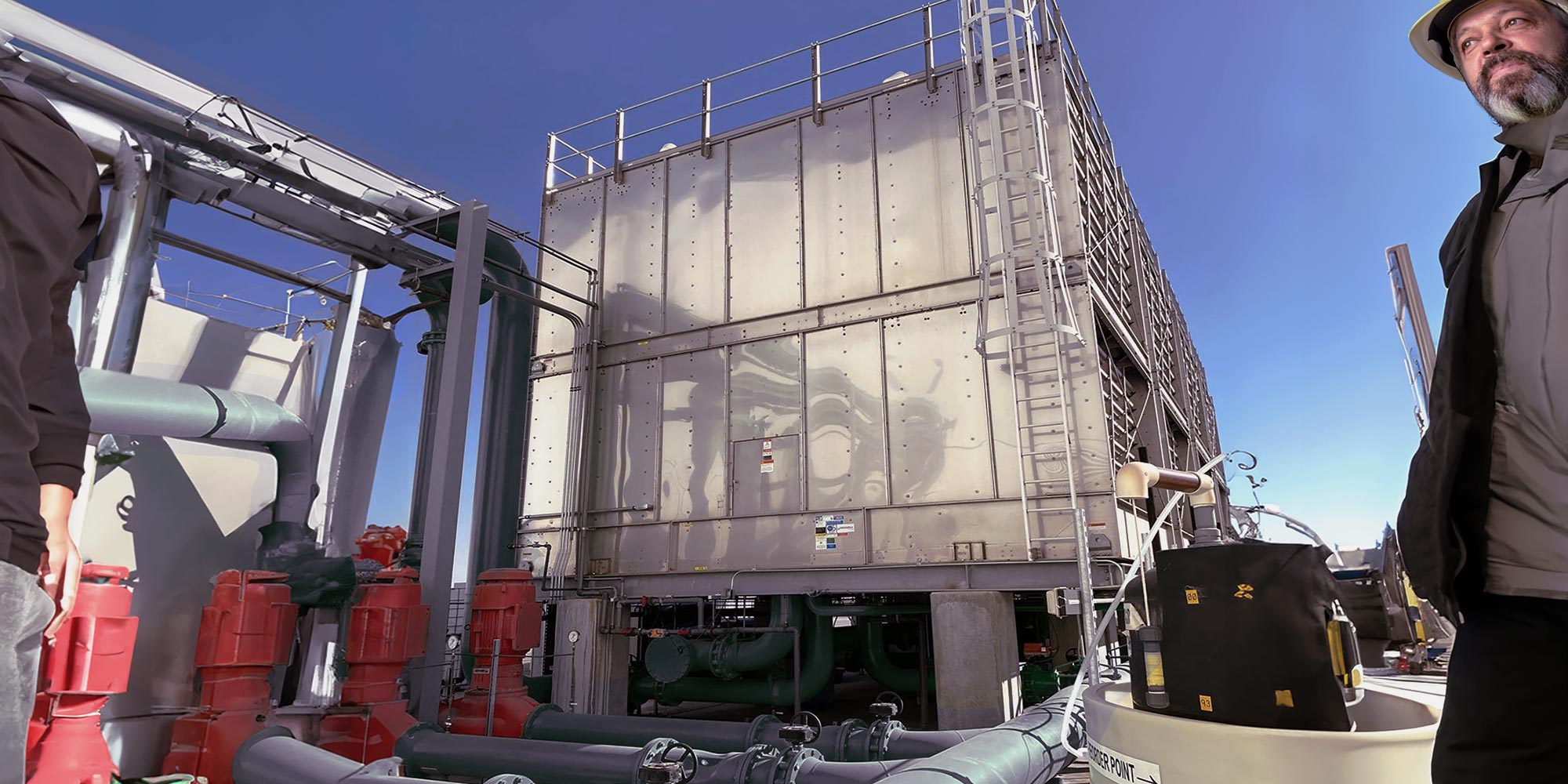Cooling towers can be environmentally friendly, but the answer depends on the design, operation, and water/energy management practices of the system. Here’s a clear breakdown:
✅ Ways Cooling Towers Are Environmentally Friendly
| Factor | Benefit |
|---|---|
| Energy Efficiency | Many cooling towers reduce the energy needed for industrial or HVAC cooling by using evaporative cooling, which is far more efficient than air-only systems. |
| Water Reuse Possibilities | Properly maintained towers can reuse water in a loop and incorporate recycled or greywater in some applications. |
| Reduced Greenhouse Gas Emissions | Evaporative cooling systems often use less electricity, helping lower indirect emissions (especially where electricity is fossil-fuel generated). |
| Smaller Carbon Footprint (vs. chillers) | Compared to all-mechanical systems, cooling towers can lower carbon output per unit of cooling. |
⚠️ Potential Environmental Concerns
| Issue | Impact |
|---|---|
| Water Usage | Towers consume water via evaporation. In dry regions like Arizona, this can be a serious concern. |
| Drift Emissions | Small droplets (called drift) can escape and contain chemicals like biocides or salts unless drift eliminators are used. |
| Chemical Discharge | Systems often use biocides, corrosion inhibitors, and scale reducers, which can pollute if blowdown water is not treated properly. |
| Legionella Risk | Poor maintenance can lead to outbreaks of Legionnaires’ disease, which is a public health and regulatory concern. |
| Noise & Visual Impact | In urban or commercial zones, towers can cause noise pollution or aesthetic complaints. |
🌱 Improving Environmental Friendliness
You can make cooling towers more eco-friendly with:
-
High-efficiency fans and VFDs (variable frequency drives)
-
Drift eliminators to limit airborne emissions
-
Water treatment and filtration to reduce blowdown waste
-
Automated controls for precise temperature and chemical use
-
Use of non-potable water sources (where codes allow)
-
Hybrid or dry coolers in low-humidity environments to save water
♻️ Comparison: Cooling Towers vs. Other Cooling Systems
| System | Water Use | Energy Use | Environmental Risk |
|---|---|---|---|
| Evaporative Cooling Tower | Moderate–High | Low–Moderate | Moderate (chemical & water concerns) |
| Dry Cooler / Air-Cooled Chiller | None | High | Low (but more energy-hungry) |
| Hybrid Tower | Low–Moderate | Low–Moderate | Low (if well managed) |
✅ Bottom Line
Cooling towers can be environmentally friendly when:
-
Properly maintained
-
Equipped with drift eliminators
-
Paired with responsible water and chemical management
-
Designed for energy efficiency
But they do carry risks if neglected, especially around water use, chemical pollution, and Legionella control.
Cooling Tower Replacement Parts
Cooling towers operate in highly corrosive environments and in many hot regions of the country like Arizona they run nearly all year. To keep your cooling tower running efficiently and extend its life. Whether you need cooling tower drift eliminators, float vales, or any other cooling tower part, Universal Tower Parts can supply it.
Give us a call today – 602-997-0403
Universal Tower Parts In Phoenix, AZ
Universal Tower Parts provides stainless steel and galvanized options, welded and gasketed, direct, gear reducer and belt drive units, with efficient Jedair fans, and Jedair low noise fans. Strainers, fan guards and louvers are well constructed, and designed to operate efficiently as they perform their function. Cool Core drift eliminators and fill are made by Universal Tower Parts expressly for our towers.








